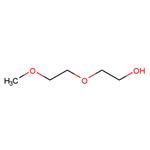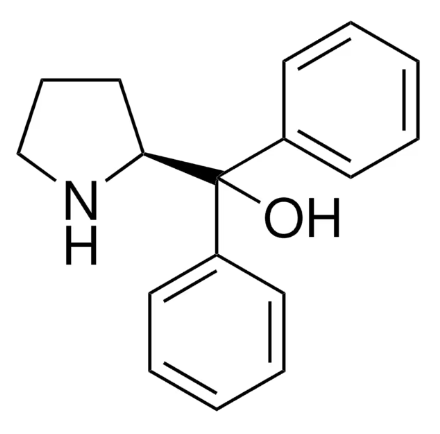2-(2-Methoxyethoxy)ethanol: A Versatile Solvent in Modern Chemistry
Introduction
Ethylene glycol monomethyl ether (EGME) and diethylene glycol monomethyl ether (diEGME; 2-(2-Methoxyethoxy)ethanol) are two of the most widely used representatives of glycol ethers. The latter has been widely used in industry processes [1].

Uses
DiEGME is low-volatility and is used as a solvent for resins, lacquers, dyes, paints, and inks. It can also be utilized in coloring thread. In addition, the use of diEGME is increasing as a replacement chemical for EGME in dyes, cleaners, pesticides, jet aircraft fuels, and so on.
Diethylene glycol monomethyl ether monolaurate (DGMEML) was synthesized via the reaction of diethylene glycol monomethyl ether with methyl laurate (ML) by a new solid base catalyst of KF/CaO/AC, which was prepared by impregnation method using active carbon as a carrier. The formed KCaF3 and K2O were acting as the main active components in the catalytic transesterification; the highest yield of 96.3 % was obtained as KF-to-CaO molar ratio of 2.0, DGME to ML molar ratio of 4.0, catalyst amount of 5 wt%, and reaction time of 30 min at 75 °C; and the catalyst displayed good stability in the transesterification[2].
Toxicity
The possible toxic effects of EGME through inhalation and dermal contact have been investigated. EGME was reported to have teratogenic and fetotoxic effects, specifically on cardiovascular and renal organs and skeletal tissue, regardless of the route of administration. Although diEGME had no toxic effects with inhalation and dermal application at low doses (50 mg), dermal application of diEGME 750 mg/kg/d to pregnant rabbits produced a fetotoxic effect with increased incidence of anomalies such as retrocaval ureter[3]. Researchers report a case of retrocaval ureter, with anomalies in both the cardiovascular and skeletal system, with suspected maternal exposure to diEGME during pregnancy.
References:
[1] T KAWAMOTO. Acute oral toxicity of ethylene glycol monomethyl ether and diethylene glycol monomethyl ether.[J]. Bulletin of Environmental Contamination and Toxicology, 1990, 44 4. DOI:10.1007/BF01700883.[2] SHEN LOU. Preparation of diethylene glycol monomethyl ether monolaurate catalyzed by active carbon supported KF/CaO[J]. SpringerPlus, 2015, 4 1. DOI:10.1186/s40064-015-1486-5.
[3] EMILY HANSON SCOFIELD . Diethylene glycol monomethyl ether, ethylene glycol monomethyl ether and the metabolite, 2-methoxyacetic acid affect in vitro chondrogenesis[J]. Reproductive toxicology, 2006, 22 4: 557-812. DOI:10.1016/j.reprotox.2006.05.005.
See also
Lastest Price from Diethylene glycol monomethyl ether manufacturers

US $1.00/KG2025-06-27
- CAS:
- 111-77-3
- Min. Order:
- 1KG
- Purity:
- 99%
- Supply Ability:
- 10 mt

US $0.00/kg2025-05-21
- CAS:
- 111-77-3
- Min. Order:
- 1000kg
- Purity:
- 99
- Supply Ability:
- 20000mt


